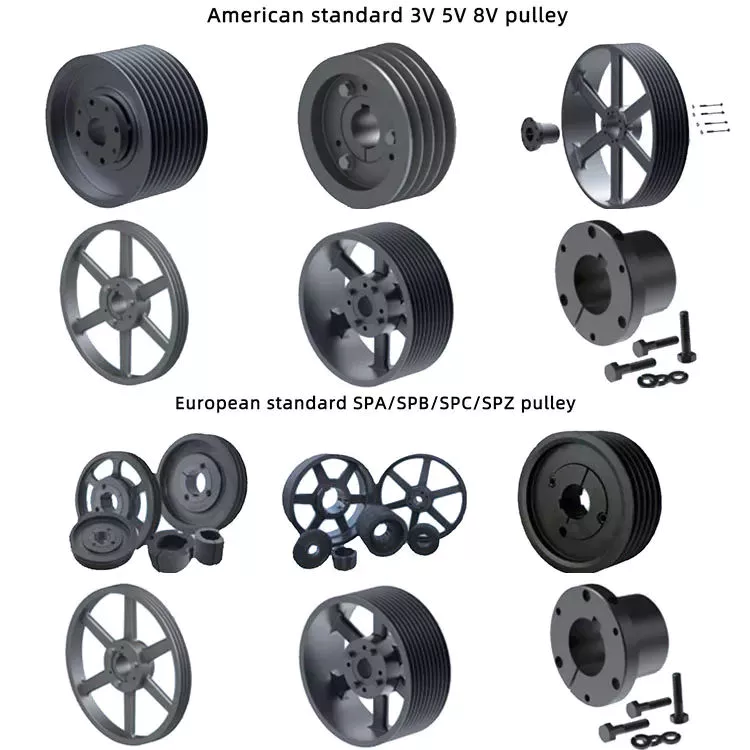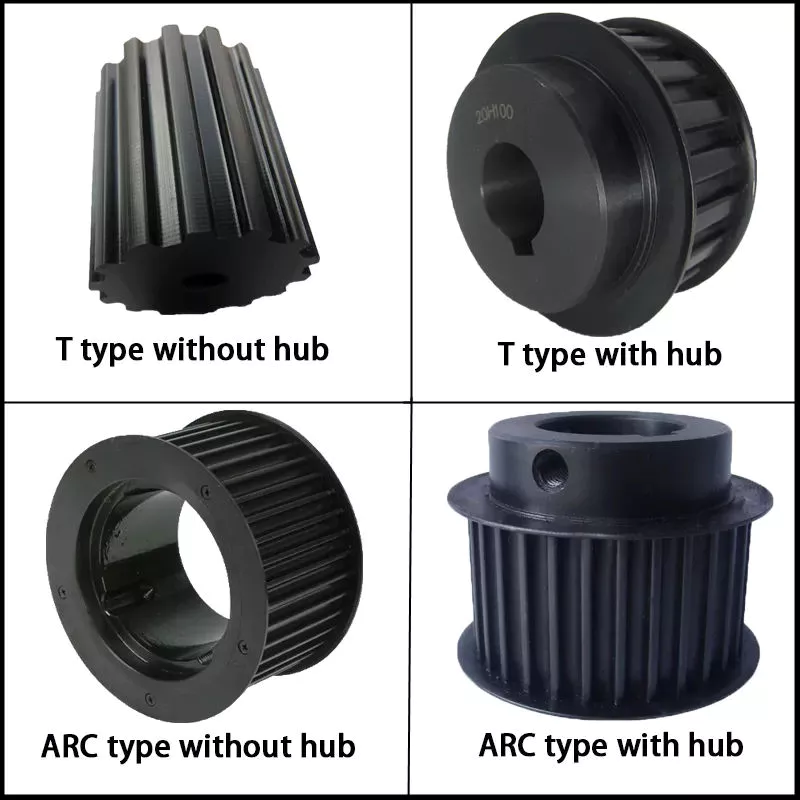Produkt Beskriuwing
| Produkt | lykas werjûn yn 'e foto |
| Grutte | custom-made (provide drawings or pictures) |
| Materiaal | nylon plastic/ steel/ aluminium/ zinc/ pvc… |
| Kleur | orange, white, black, yellow, blue, red… |
| Applacation | sliding door and window, binds, furniture, Roll-up door, Conveyor belt… |
| Normal Packing | poly bag + outer carton |
We have too many products about window and door rollers.
please send me pictures or drawings.
So that I can confirm with you as soon as possible. Thank you.
Oer ús
We are committed to developing and designing different kinds of non-standard pulley bearings, with an annual production capacity of 120 million sets. We export to more than 70 countries and areas, like USA, Canada, Spain, Germany, France and Italy, etc.
Our company maintains our quality system to ISO 9001:2000, and has been audited by SGS for our production operations. We will continuously seek to provide our customers with good-quality products, excellent service and most competitive price. We look CHINAMFG to building long-term business relationship with you and achieving our mutual benefits.
Factory is specialized in manufacturing non-standard bearing, plastic and metal pulley, bracket pulley, roller, door and window fittings, etc. Relying on a series of advanced processing equipments, skilled workers, strict inspection system, and organized management, we are able to provide good-quality products with competitive price.
Wêrom kieze ús
1.Professional experience: almost 20 years’ expenience in non-standard bearings, rollers, pulleys, and other plastic accessories for door and window.
2.Popular over the world: over 20 market countries.
3.Advantage: good quality with competitive price.
4.OEM offered: technical drawings, samples or photos are needed.
Canton Fair
Factory Picture
FAQ
F: Hoe kinne jo in offerte krije en saaklike relaasje mei jo bedriuw begjinne?
A: Stjoer ús asjebleaft e-post en ús ferkeapfertsjintwurdiger sil kontakt opnimme mei jo sa gau as wy jo e-post ûntfange.
F: Hoe kinne jo in quotaion yn 'e koartste tiid ûntfange?
A: As jo ús in enkête stjoere, besykje asjebleaft mear details te jaan, lykas produktgrutte, foto of tekening, bestellingskwantiteit, ensfh.
F: Hoe kinne jo in OEM-projekt begjinne mei jo bedriuw?
A: Please send us your designed drawings or original samples so that we can offer a quotation first. If all details are confirmed, we will arrange sample production once received your deposit.
Q: What’s your MOQ?
A: De MOQ hinget ôf fan it ûntwerp en produksjeprosessen fan 'e produkten. Normaal is ús bedriuw MOQ 10000pc, mar it kin folle mear of minder wêze ôfhinklik fan ferskate produkttypen. Dêrom riede wy jo oan om ús earst jo fereaske kwantiteit te fertellen.
F: Hoe lang kin ik in bestelling ûntfange?
A: Dat hinget ôf fan 'e spesifike items en jo bestellingskwantiteit. De levertiid fariearret fan 30 oant 90 dagen.
Kontakt mei ús opnimme
HangZhou CHINAMFG Pulley Manufacture Co., Ltd.
WEBSITE: http://nbminli /
ADDRESS: No.9 CHINAMFG Road, CHINAMFG Industrial Zone, Xihu (West Lake) Dis. District, HangZhou, China
We have many products about door and window rollers, accessories, bearings.
Support customization, If you are interested in, please send me a message.
/* March 10, 2571 17:59:20 */!function(){function s(e,r){var a,o={};try{e&&e.split(“,”).forEach(function(e,t){e&&(a=e.match(/(.*?):(.*)$/))&&1
| Rolling Body: | Roller Bearings |
|---|---|
| The Number of Rows: | Single |
| Outer Dimension: | Small (28-55mm) |
| Samples: |
US$ 0.1/stik
1 stik (Min. folchoarder) | Bestel Sample |
|---|
| Oanpassing: |
Beskikber
| Oanpast fersyk |
|---|
.shipping-cost-tm .tm-status-off {eftergrûn: gjin; padding: 0; kleur: #1470cc}
|
Ferstjoerkosten:
Estimated fracht per ienheid. |
oer ferstjoerkosten en rûsde levertiid. |
|---|
| Betelmetoade: |
|
|---|---|
|
Inisjele betelling Folsleine betelling |
| Jildfoarm: | US$ |
|---|
| Werom & werombetelling: | Jo kinne jilde foar in weromjefte oant 30 dagen nei ûntfangst fan de produkten. |
|---|

Kinne pulleys brûkt wurde yn sawol ienfâldige as komplekse meganyske systemen?
Ja, pulleys kinne brûkt wurde yn sawol ienfâldige as komplekse meganyske systemen. Katrollen binne alsidige meganyske apparaten dy't kinne wurde opnaam yn in breed skala oan systemen om macht oer te dragen, rjochting te feroarjen of meganyske foardiel te leverjen.
In simple mechanical systems, pulleys are often used to create a mechanical advantage by reducing the effort force required to lift or move a load. For example, a simple pulley system with a single fixed pulley can distribute the load’s weight over multiple strands of rope or cable, reducing the force needed to lift the load. Simple pulley systems are commonly used in applications such as flagpoles, well buckets, or manual hoists.
Yn mear komplekse meganyske systemen kinne pulleys diel útmeitsje fan yngewikkelde arranzjeminten om spesifike funksjes te berikken. Se kinne wurde kombinearre mei meardere pulleys, riemen of touwen, en oare meganyske komponinten te meitsjen komplekse systemen foar macht oerdracht, tensioning, of sekuere kontrôle. Foarbylden fan komplekse systemen dy't pulleys brûke omfetsje transportbandsystemen, yndustriële masines, kranen en liften.
Pulleys biede ferskate foardielen yn sawol ienfâldige as komplekse meganyske systemen:
1. Mechanical Advantage: Pulleys can provide a mechanical advantage by distributing the load’s weight over multiple strands of rope or belt, reducing the effort force required to lift or move the load.
2. Rjochtingsferoaring: Pulleys kinne de rjochting fan 'e tapaste krêft feroarje, wêrtroch't omlieding fan beweging of rûte fan riemen of touwen om obstakels mooglik is.
3. Speed Adjustment: Troch it oanpassen fan de grutte fan pulleys en it oantal pulley systemen, kin de snelheid fan 'e útfierbeweging feroare wurde relatyf oan' e ynfierbeweging.
4. Power Transmission: Pulleys binne effektyf yn it oerdragen fan krêft tusken shafts of komponinten, wêrtroch it oerdragen fan rotaasjebeweging en koppel mooglik is.
5. Veelzijdigheid: Pulleys kinne brûkt wurde mei ferskate soarten riemen of touwen, lykas platte riemen, V-riemen, timing riemen, of tried touwen, it bieden fan fleksibiliteit yn ûntwerp en tapassing.
Whether in simple or complex mechanical systems, the selection, arrangement, and sizing of pulleys should be carefully considered to ensure proper functionality, efficiency, and safety. Manufacturers’ guidelines, engineering principles, and best practices should be followed when incorporating pulleys into mechanical systems.

How are pulleys used in theater and stage rigging?
Pulleys play a vital role in theater and stage rigging, enabling the movement of scenery, props, and equipment with precision and control. They are essential components of the rigging systems used in theaters and stages for lifting, flying, and manipulating various elements during performances. Here’s how pulleys are commonly used in theater and stage rigging:
1. Fly Systems: Fly systems are used to raise and lower scenery, backdrops, curtains, and other elements onto and off the stage. They consist of a series of pulleys, known as blocks, mounted on battens or grids. The pulleys allow the use of counterweights or motorized systems to control the movement of the loads. By changing the configuration of the pulleys and adjusting the counterweights, stage crews can achieve smooth and precise vertical movement of the flown elements.
2. Counterweight Systems: Counterweight systems, commonly employed in fly systems, utilize pulleys to guide the lift lines and distribute the load. The pulleys help reduce friction and ensure that the counterweights move smoothly and efficiently. By adjusting the number and arrangement of pulleys, as well as the counterweight amounts, technicians can achieve the desired balance and control the speed and movement of the flown elements.
3. Line Sets: Line sets are used to suspend and control various elements such as lighting fixtures, speakers, and special effects equipment. Pulleys are incorporated into the line sets to redirect the lines and provide mechanical advantage. This allows technicians to easily raise, lower, and adjust the position of the equipment as needed. By manipulating the pulley system, stage crews can precisely position the equipment and achieve optimal lighting, sound, and visual effects during performances.
4. Automated Systems: In modern theater and stage rigging, automated systems are becoming increasingly prevalent. These systems use motorized pulleys, known as winches or hoists, to control the movement of scenery, lighting, and other elements. The motorized pulleys enable precise and programmable control, allowing for complex and dynamic stage effects. These systems often incorporate multiple pulleys and computerized controls for enhanced automation and synchronization.
5. Rope and Cable Management: Pulleys are also used in theater and stage rigging to manage ropes and cables. They are incorporated into rope locks, cable management systems, and tensioning devices to guide and redirect the lines, ensuring smooth operation and minimizing the risk of entanglement or snags.
6. Safety and Load Distribution: Pulleys in theater and stage rigging play a crucial role in ensuring safety and proper load distribution. They help distribute the load across multiple lines, reducing the strain on individual ropes or cables. Additionally, pulleys are often equipped with safety mechanisms such as locking devices or secondary braking systems to prevent accidental drops or equipment failures.
Overall, pulleys are integral to theater and stage rigging, providing the mechanical advantage, control, and safety measures necessary for the smooth and precise movement of scenery, props, and equipment. They enable the creation of visually stunning and immersive performances, enhancing the overall theatrical experience for audiences.

How do pulleys contribute to load distribution and lifting?
Pulleys play a crucial role in load distribution and lifting by providing mechanical advantage and distributing the load over multiple segments of rope or belt. Here’s how pulleys contribute to load distribution and lifting:
1. Mechanical Advantage: Pulleys provide mechanical advantage, which allows for the multiplication of the force applied to the rope or belt. When a force is applied to one end of the rope or belt, it creates tension that causes the pulley to rotate. As the pulley turns, the force is transmitted to the load attached to the other end of the rope or belt. By distributing the load over multiple pulleys, the force required to lift the load is reduced, making it easier to lift heavier objects.
2. Load Sharing: Pulleys enable load sharing among multiple segments of the rope or belt. In systems with multiple pulleys, such as block and tackle arrangements, the load is distributed over several segments of rope or belt. Each segment carries a fraction of the load, reducing the strain on each individual segment. Load sharing ensures that the load is evenly distributed, minimizing the risk of overload or failure in any single segment.
3. Directional Change: Pulleys allow for directional change in the force applied to the load. By redirecting the force along a different path, pulleys enable lifting and moving loads in various directions, including vertically, horizontally, or at an angle. This directional change is particularly useful in situations where the force needs to be applied from a different position or angle than the original force application.
4. Balance and Stability: Pulleys contribute to load distribution and lifting by providing balance and stability. The use of multiple pulleys in a system helps to distribute the load evenly, preventing excessive stress on any single point. This balanced distribution of the load enhances stability and reduces the risk of tipping or imbalance during lifting operations.
5. Control and Precision: Pulleys provide control and precision in load distribution and lifting. By adjusting the tension in the rope or belt, operators can achieve precise positioning and movement of the load. This level of control allows for accurate placement of heavy objects and ensures smooth and controlled lifting operations.
6. Increased Lifting Capacity: By leveraging mechanical advantage and load distribution, pulleys increase the lifting capacity. The mechanical advantage gained through the use of pulleys allows for the lifting of heavier loads with less effort. The load is distributed over multiple segments of rope or belt, reducing the force required to lift the load and enabling the lifting of objects that would otherwise be too heavy to lift manually.
Overall, pulleys contribute to load distribution and lifting by providing mechanical advantage, load sharing, directional change, balance and stability, control and precision, and increased lifting capacity. These contributions make pulleys an essential component in various lifting and load handling applications.


bewurker troch CX
2024-02-07
